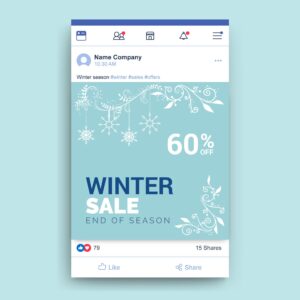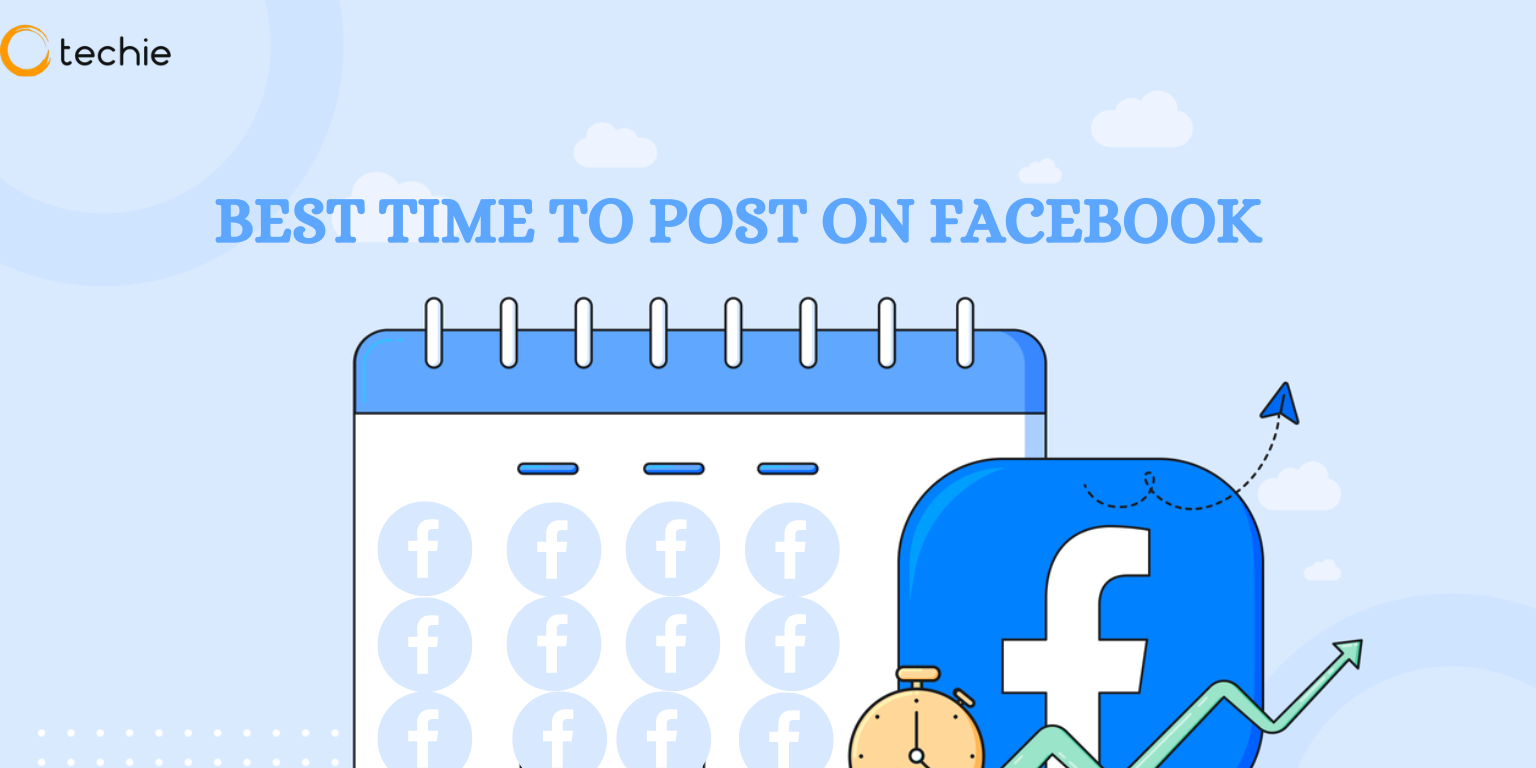To peak social media marketing, mastering the art of timing is paramount. Nowhere is this more evident than on Facebook, the largest social media platform in the world. As businesses and individuals vie for attention in users’ newsfeeds, understanding when to post can mean the difference between a post that goes unnoticed and one that gains significant engagement.
This article is a comprehensive guide to understanding the timing of your Facebook posts for maximum impact. We’ll delve into the science behind Facebook’s algorithm, explore the significance of audience behavior, analyze successful case studies, and provide actionable strategies for optimizing your posting schedule.
What is the Best Time to Post on Facebook?
The best time to post on Facebook can vary depending on your target audience and the content you share. However, research suggests that the optimal times to post on Facebook are 9 am PST and 2 pm PST on weekdays. Additionally, evenings between 7 pm PST and 9 pm PST tend to see high engagement as people unwind after work.
It is also essential to test different posting times and analyze your audience’s behavior to determine your situation’s most effective posting schedule. Facebook Insights can be a valuable tool to track when your audience is most active and engaged.
Now that you know the times to post on Facebook, let’s understand Facebook’s algorithm to improve your post engagements.
How Facebook Algorithm Works?

In the vast sea of content that floods users’ newsfeeds on Facebook, the algorithm is the gatekeeper, determining which posts are shown to whom and when. Understanding how this algorithm functions is crucial for any marketer or individual seeking to maximize the visibility of their posts.
Facebook’s algorithm is a complex system designed to prioritize content that predicts users will find most relevant and engaging. It considers factors such as user interactions, post type, recency, and relevance score to determine the order in which posts appear in users’ feeds.
Posts that align with the algorithm’s preferences are more likely to surface to a broader audience, while those that don’t may perform poorly. In recent times, Facebook reels perform much better than conventional forms of content. Since Facebook has announced payments and bonuses on reels, more people prefer using this type of content.
While the Facebook algorithm considers many factors, timing is undeniably one of the critical variables. Posting at the right time can increase the likelihood of your target audience seeing your content when they are most active and receptive.
Importance of Audience Behavior For User Engagement
To effectively determine the best time to post on Facebook, you must gain insights into your audience’s behavior patterns. By understanding when your audience is most active and receptive to content, you can tailor your posting schedule to maximize engagement and reach. Here are some of the key factors to consider.
1. Audience demographics: Knowing the demographics of your audience, including factors such as age, location, and interests, can provide valuable insights into their behavior patterns.
2. Audience behavior: Understanding how your audience interacts with content on Facebook – such as when they are most active, what types of content they prefer, and how they engage with posts – can inform your posting strategy.
How Audience Behavior Impacts Optimal Posting Times?
1. Peak activity times: Identifying when your audience is most active on Facebook allows you to schedule posts during periods of high engagement.
Content preferences: Recognizing which types of content resonate most with your audience can help you tailor your posting schedule to prioritize those formats during peak engagement times.
What are the Tools and Methods Used for Analyzing Facebook Audience Behavior?
1. Facebook Insights: Utilize the built-in analytics tool Facebook provides to gather data on your audience demographics, engagement metrics, and post-performance.
2. Third-party analytics tools: Explore external tools and services that offer more advanced analytics capabilities, allowing you to gain deeper insights into your audience behavior and optimize your posting strategy accordingly.
By leveraging the insights from analyzing audience behavior, you can refine your approach to timing your Facebook posts and increase the likelihood of capturing the attention of your target audience at the most opportune moments.
Timing Tactics for Different Content Types
Not all content is created equal when timing your Facebook posts. Different types of content—such as text-based posts, images, and videos—may resonate with your audience at varying times. Understanding the nuances of each content type and how timing influences their effectiveness is key to maximizing engagement and reach.
Best Posting Times for Various Types of Content
Text Posts:

- Weekdays: Mid-morning or early afternoon (between 9 am and 3 pm).
- Best days: Tuesday, Wednesday, and Thursday.
- Avoid posting late at night or very early in the morning.
Image Posts:

- Weekdays: Early afternoon or evening (between 12 pm and 7 pm).
- Best days: Wednesday and Thursday.
- Avoid posting during late-night hours.
Video Content:

- Weekdays: Late afternoon or evening (between 3 pm and 7 pm).
- Best days: Thursday and Friday.
- Avoid posting early in the morning or late at night.
Links to External Content (Articles, Blogs, etc.):
- Weekdays: Mid-morning or early afternoon (between 9 am and 2 pm).
- Best days: Tuesday, Wednesday, and Thursday.
- Avoid posting during weekends or late at night.
Tips for Experimenting and Refining Posting Schedules
A/B testing:
- Conducting controlled experiments to test different posting times and content types.
- Analyzing the results to identify patterns and optimize your posting schedule accordingly.
Iterative refinement:
- Continuously monitoring and adjusting your posting schedule based on performance data and audience feedback
- Staying agile and adaptable to evolving trends and audience preferences
By tailoring your posting schedule to the unique characteristics of each content type and experimenting with different timing tactics, you can increase the effectiveness of your Facebook posts and enhance overall engagement and reach.
What Factors Improve Facebook Post Engagement Other Than Timing?
In the dynamic realm of social media marketing, especially Facebook, success hinges on more than just the timing of your posts. While scheduling your content at the right moment is crucial, it’s equally essential to consider a range of other factors that influence the visibility and engagement of your posts.
1. Content Quality
The heart of any successful Facebook post lies in its quality. Regardless of timing, content must be relevant, unique, and valuable to your target audience. Compelling content prompts engagement, ensuring your posts don’t just appear but resonate with users.
2. Post Format
The format of your content – be it text, images, videos, or links – affects how your audience receives it. Each format has its strengths in capturing attention and encouraging interaction. Choosing the correct format enhances engagement regardless of the posting time.
3. Audience Targeting
Understanding your audience is paramount. Tailoring posts to specific audience segments based on demographics, interests, and behaviors ensures relevance. Targeted content increases the likelihood of engagement and amplifies post visibility.
Strategies for Maximizing Engagement Beyond Timing
Engagement on Facebook relies on more than just when you post. Effective engagement strategies encompass the following factors.
1. Content Optimization
Crafting captivating headlines, captions, and descriptions is vital. Compelling content grabs attention and entices users to interact. High-quality visuals complement your message, enhancing its impact and engagement potential.
2. Community Engagement
Building a thriving community fosters meaningful connections. Engaging with your audience through comments, replies, and messages cultivates a sense of belonging. Active participation promotes loyalty and encourages advocacy among your followers.
3. Integrating Timing with Marketing Tactics
Coordinating posting schedules with broader marketing initiatives ensures consistency. Aligning timing across channels maximizes reach and reinforces brand messaging.
4. Continuous Optimization and Adaptation
Monitoring performance metrics and audience feedback is essential. Iteratively refining your approach based on insights and evolving trends keeps your strategy relevant and effective.
Conclusion
Mastering the art of timing is paramount for success in Facebook marketing, but it’s only one piece of the puzzle. By considering factors beyond timing – content quality, audience targeting, and engagement strategies, you can create impactful content that resonates with your audience and drives meaningful results.
Continuously refining your strategy based on insights and trends ensures you stay ahead in the ever-evolving social media landscape. With a strategic blend of timing, compelling content, and community engagement, you can unlock the full potential of your Facebook presence and achieve your marketing objectives effectively.

